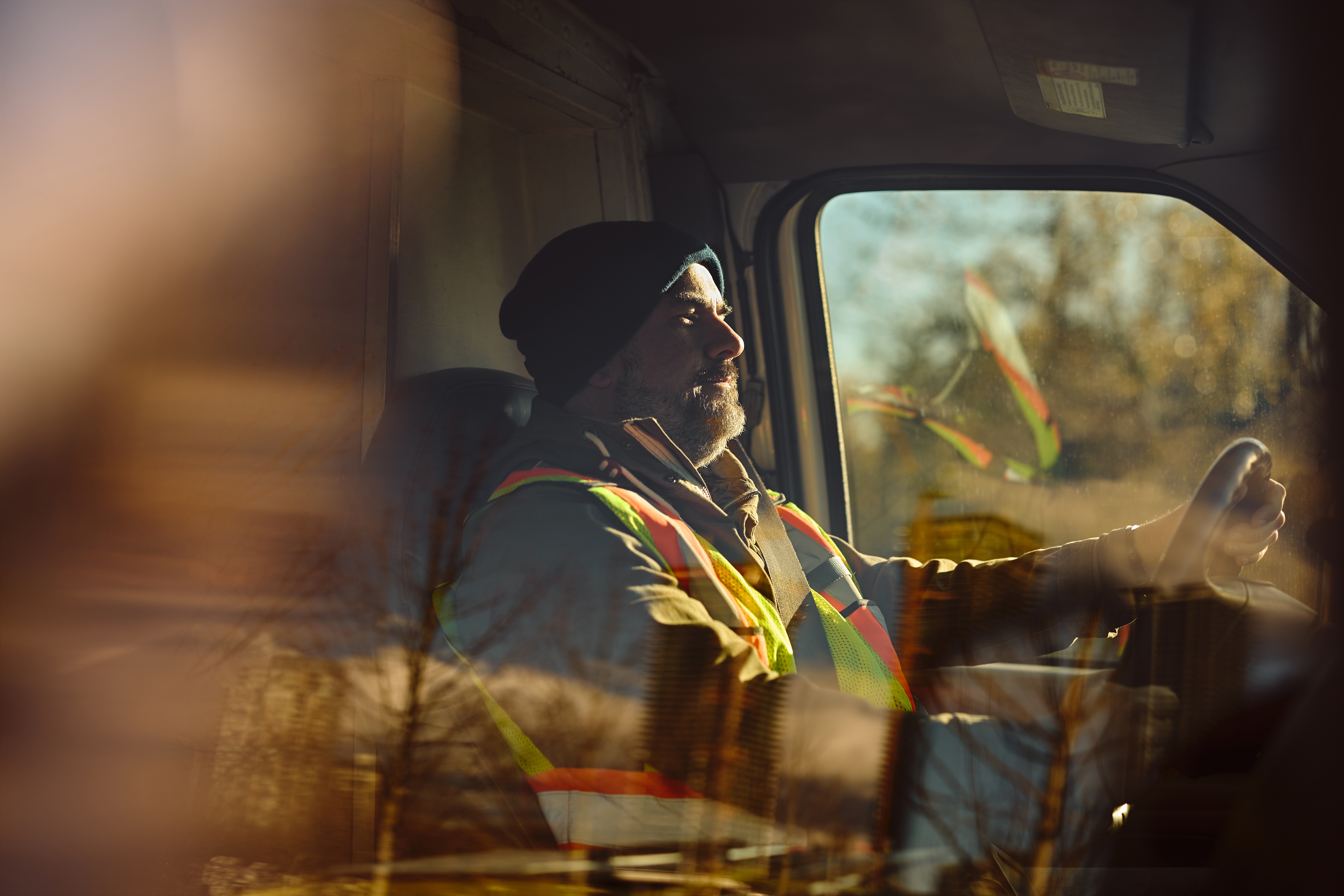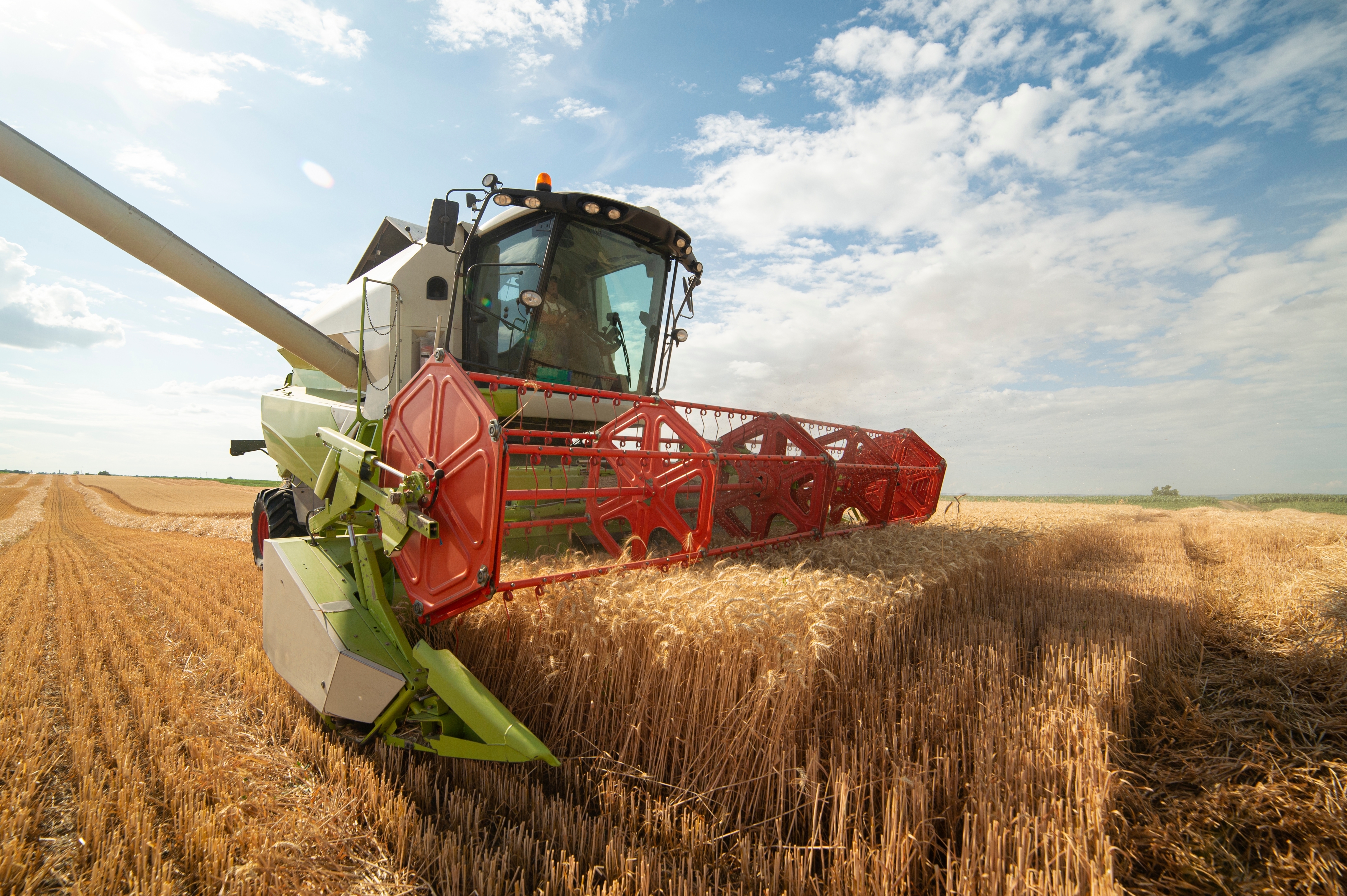An hour and a half. That’s how long went between deaths from work-related injuries in the US in 2022, according to the Bureau of Labor Statistics. They recorded 5,486 people being killed by their job over the year – the equivalent of one every 96 minutes.
And that’s just a speck in the data pool compared to non-fatal injuries in the workplace – more than 2.8 million of which were recorded in 2022.
But of course, all those deaths and injuries weren’t evenly spread throughout the workforce. A firefighter, for example, shouldn’t expect the same injury rate as an accountant. So which jobs are the most dangerous? Here are some of the worst offenders.
Logging workers and tree trimmers
There are a few different lists of the “most dangerous jobs in America”, and few of them are in total agreement with each other. One common thread, however, is that working with trees is really, really dangerous.
That’s not entirely surprising. We’re talking about jobs that involve heavy machinery and chainsaws as standard, in an industry that frequently pushes workers to their limits in terms of time and physical exertion. Loggers often work in isolated environments, in all weathers, and rely on on the job training, and so it’s no wonder that most injuries are caused by “contact with equipment” and falls – both of objects onto the workers, and of the workers themselves.

Working with chainsaws and heavy machinery is risky business.
Image credit: adriaticfoto/Shutterstock.com
To add insult to (literal) injury, the average salary for loggers is just $47,900 per year – just four-fifths of the national average. For that, they can expect a fatality rate more than 22 times that of the national average and a non-fatal injury rate about 15 percent higher than the average. And sure, that latter statistic doesn’t sound too bad, until you think about what it really means: that if you get injured as a logger, it’s really likely to kill you.
Truck drivers
With a fatality rate almost eight times that of the national average, delivery and truck drivers are another group whose risk seems outsized for their salary – an average of $48,240, per Forbes.
Unsurprisingly, by far the most deaths on the job came from “transportation incidents”, with literally 70 percent of fatalities arising from vehicular collisions. The same figure across all occupations is about 37 percent, according to the Bureau, making delivery and truck drivers roughly twice as likely as any other job to die in a car crash.
Meanwhile, the non-fatal injury rate is around 30 percent higher than the national average – though a few issues stand out as being particularly common. Truck drivers are almost three times as likely as other occupations to suffer from musculoskeletal disorders and problems with their backs and trunks.
There are a few reasons for all these injuries, but one seems particularly problematic for professional drivers: their position. Spending too long sitting is known to be bad for your health, and truck driving is associated with a whole host of sitting-related ailments such as heart disease and diabetes.
Then there are the stresses of being forced to stay awake too long, being away from home for extended periods of time, irregular work schedules, and just the sheer loneliness of it all – things that both compound health issues and act as barriers to getting regular healthcare. Even if you can see a doctor, there’s about a one-in-three chance you have no insurance. Is it any wonder the industry has long been bemoaning a lack of drivers to fill positions?
“We’re tired. Our bodies are starting to go. Our bladders have been put to the test. And no exercise,” trucker Stephen Graves told the New York Times in 2022. “We end up with all types of heart and other health ailments. You can’t truly fathom what it’s done to you.”

Truck drivers’ fatality rate is nearly eight times that of the national average.
Image credit: Drazen Zigic/Shutterstock.com
Roofers
Cracking the top five, if not the top three, in all the lists we found was the occupation of roofers – the people who, not surprisingly given the job title, repair, maintain, and construct roofing for buildings.
Many of the occupational hazards of this job are similar to those in the logging industry: people are working at great heights, outside and exposed to the elements, and learning on the job. With a fatality rate 16 times the national average, the main killer on this job is pretty much what you’d expect it to be: a full 86 percent of workplace deaths were caused by “falls to a lower level” – that is, going from the top of a building to the bottom, at speed.
Roofers do have a couple of pieces of good news, though: their non-fatal injury rate is actually slightly lower than the national average, and they do earn a higher wage than our previous two high-risk jobs. So, it’s actually a pretty sweet gig, assuming you don’t literally die.
Agricultural workers
The term “agricultural worker” can encompass a wide range of farming-related occupations, and basically all of them are riskier than the average job. What the Bureau labels “miscellaneous agricultural workers” has a fatality rate about 5.5 times the national average, with most deaths coming as a result of either “contact with objects and equipment” or incidents with vehicles. Both of which, if you’ve ever seen, say, a combine harvester up close, make total sense.

Agricultural workers come into contact with lots of dangerous machinery.
Image credit: vlalukinv/Shutterstock.com
Dig a little deeper into the data, and we get a clearer picture of what’s particularly dangerous on the farm. Agricultural equipment operators – the people actually driving the combine harvesters and suchlike – have a fatal injury rate some 13 times higher than the average.
A little lower on the risk-of-death ladder are the first-line supervisors of farming and fishing workers, whose fatality risk is a mere seven times the national average. Agricultural inspectors, meanwhile, are bringing that mean down, with so few on the job deaths that an average figure couldn’t be collected.
One subcategory that might surprise you, though, is the animal workers – the people whose job it is to tend livestock on farms and ranches. While data is patchier in this industry than others – it’s pretty highly stocked with self-employed people or very small businesses who aren’t required to complete the Bureau’s annual surveys – the picture we do have is one that’s unexpectedly dangerous: with a fatality rate 15 times the typical American’s, it’s actually the third-most deadly job in the country.
Luckily, those taking up this work have an average salary of a whole $32,000 per year to make up for it. Which must soften the blow.
Aircraft pilots and flight engineers
If there were a running theme in the list so far, it would be this: blue collar. None of the deadly jobs we’ve talked about up until now require, say, a college degree – most are either taught on the job or via apprenticeships – and equally, none have been what you might call high-earning professions.
All of which makes the next one on the list kind of stand out. Aircraft pilots and flight engineers require years of training for their profession – and while college and university degrees aren’t strictly necessary, they’re certainly not frowned upon.
Of course, there’s a reason for all that preparation: the job involves hurtling through the air at hundreds of miles per hour in a tin can that, for all we know, may only be staying in the sky through sheer force of will. And when you put it like that, the fatality rate, at 13 times the national average, doesn’t seem so strange, does it?
Whether it’s the pilots driving the thing or the engineers monitoring the various mechanical systems and statuses, the main risk for workers in this group is – unsurprisingly – what the Bureau labels “vehicular and transportation operations”. In fact, all but one death fell into this category.

Flying a plane is, understandably, pretty perilous.
Image credit: Carlos E. Santa Maria/Shutterstock.com
The non-fatal accident rate, meanwhile, is twice the national average. The risk is particularly great in private planes and helicopters, which aren’t bound by the same safety regulations as commercial aircraft – flying as a passenger is quite a lot safer, you’ll be happy to know.
Honorable mentions
This is far from an exhaustive list, and we’re sure there are more deadly jobs out there. Firefighters spring to mind, as do the intriguingly named “explosives workers” and “blasters”.
Unfortunately, jobs like that are pretty rare, all things considered, and sometimes there wasn’t enough data to reliably calculate the danger of various occupations. Fatal injuries, for example, can only be calculated for jobs held by at least 20,000 people of which at least four died. This rules out, say, dredge operators – an undoubtedly dangerous job, but one which fewer than 1,000 people actually hold.
Basically, while we can’t say that these are definitely the most deadly jobs out there, we do know they rank pretty high.
The good news? Generally speaking, workplace accident rates are trending downwards – albeit very slowly. Sadly, the fatality rate isn’t really showing the same pattern.
Maybe it’s time to retrain as a funeral director.
Source Link: These Are Some Of The Deadliest Jobs In America